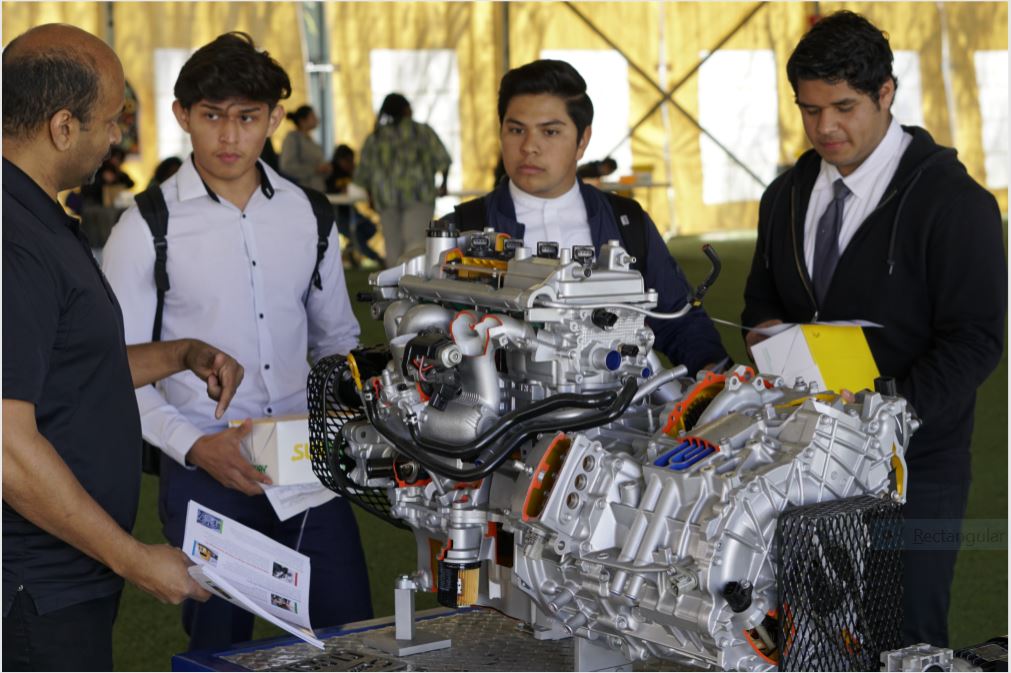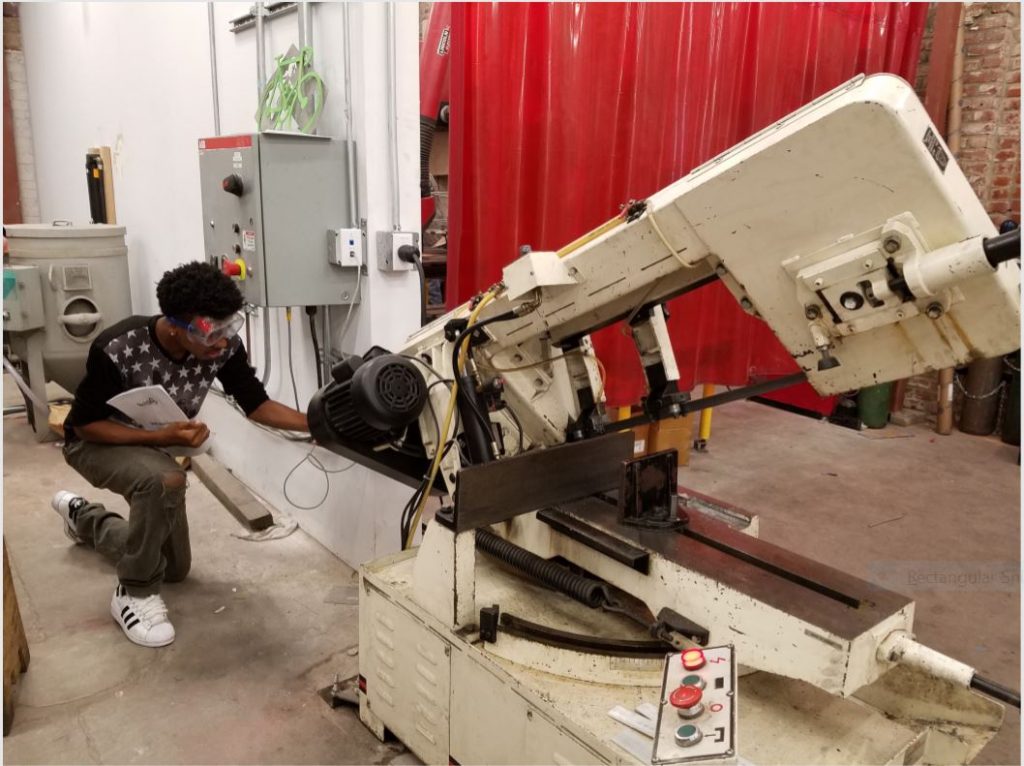Innovative Approaches for Career Training in Alternative Settings
Since 1998 SIATech has been committed to improving outcomes for low-income and out-of-school youth. Our dropout recovery program has aided in helping SIATech graduate more than 15,000 youth since their founding. SIATech’s dropout recovery efforts are led by Laurie Pianka, SIATech’s Executive Director of Community Development and Career Pathways.
How has SIATech’s Career Pathways Program grown to 401 participants in 2018? SIATech serves reengaged dropouts in partnership with Job Corps and WIOA organizations. SIATech obtains funding through the California Career Pathways Trust, Department of Labor partners, and Career Technical Education Innovations Grant with the goal of providing students with the necessary skills to transition from high school to employment and postsecondary education.

What makes SIATech work? Our model combines five elements: student support, staff support, CTE integrated academics, work based learning, and early college. This comprehensive approach works to address the academic and non-academic struggles of our nontraditional high school population. Students have access to onsite SIATech career counselors, as well as career interest surveys and exploration for all students immediately upon enrollment. Each of our sites also offers frequent employer field trips. Campus visits ensure exposure to local colleges. SIATech’s program matches students with career mentors and offers many opportunities for work-based learning.
Another approach includes employing navigators to work with and recruit students to enroll students in a career pathway resulting from establishing connections with community partners to identify and develop pathway related opportunities for students. SIATech’s Career Pathways Program also involved successful articulations with two California Community Colleges.
SIATech currently focuses on five career pathways:
• Advanced Manufacturing
• Advanced Transportation and Renewable Energy
• Agriculture, Water and Environmental Technologies
• Health
• ICT/Digital Media
Each pathway was selected based on the labor needs of the region. For example, at our San Jose site, in the heart of the Silicon Valley, offers Advanced Manufacturing and Information and Communication Technology/Digital Media. In Sacramento, the Farm to Fork Capital, the school offers Agriculture, Water and Environmental Technologies.
 SIATech also tracks our students’ progress differently. The average age of students attending our schools is 19 years and four months, and many are five to six years below grade level when they enter. We track a one-year graduation rate for our students, in addition to four-year cohort graduation rates. This more accurately rewards progress for over-age and under-credit students. Beginning this fall, California’s alternative accountability system, DASS, will begin using the one-year graduation rate for all alternative schools.
SIATech also tracks our students’ progress differently. The average age of students attending our schools is 19 years and four months, and many are five to six years below grade level when they enter. We track a one-year graduation rate for our students, in addition to four-year cohort graduation rates. This more accurately rewards progress for over-age and under-credit students. Beginning this fall, California’s alternative accountability system, DASS, will begin using the one-year graduation rate for all alternative schools.
What are SIATech’s biggest challenges? The biggest challenges we face today is aligning students’ schedules outside of school and tackling struggles that come with being a low-income youth. SIATech has made a commitment to provide peer tutoring, and strong student and staff support to alleviate issues within and outside of the classroom. We try to tailor our approach so that students see the value in continuing their education; for instance, so students see how Algebra I and Microsoft Office courses will aid in their future career advancement. In the future we hope to SIATech incorporate a more trauma-informed lens, including a Trauma to Transformation curriculum that will help students address the struggles they encounter outside of the classroom.
SIATech is a proud member of the National Youth Employment Coalition and Pianka invited other NYEC members to connect with her at laurie.pianka@siatech.org. We also love seeing NYEC members at our RAPSA conference, November 14-16th. See more at https://www.alternativeaccountabilityforum.org/.
